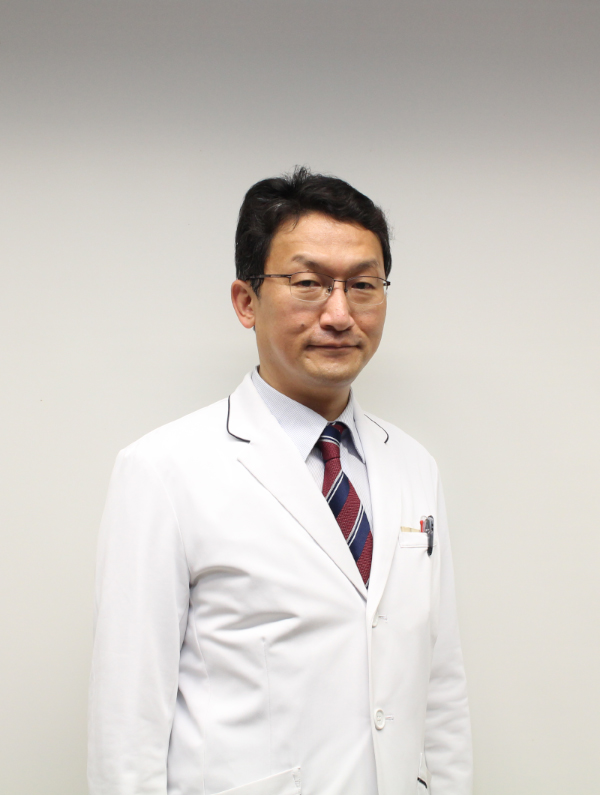
Greeting
In collaboration with partner and affiliated hospitals in the city of Nagoya and in the Tokai area, the Nagoya University Department of Neurosurgery has established a state-of-the-art medical care system in all fields of neurosurgery.
We provide treatment for all medical needs, including cerebrovascular disorders such as strokes, all brain tumors, pediatric neurological disorders, head and spinal cord trauma, spinal cord disorders, and functional disorders such as epilepsy and Parkinson's disease.
There are many different neurosurgical diseases.
Furthermore, rapid progress is being made in the development of treatments for each type of disease.
At the Nagoya University Hospital and our partner and affiliated facilities, diagnosis and treatment is performed by specialist practitioners who have additional specialist qualifications in their respective fields, in addition to specialist qualifications from the Japan Neurosurgical Society.
Please do not hesitate to contact us.
[Department History]
Our department's long history began with Professor Makoto Saito, who introduced what were at the time cutting-edge neurosurgical techniques from Europe to Japan and served as president of the first three meetings of the Japan Neurosurgical Society (starting 1948).
Later, Professor Hiroshi Toda and Professor Yoshio Hashimoto devoted themselves to contributing to regional medical care.
Professor Naoki Kageyama established the fields of brain tumor pathology, pediatric brain oncology, and neuroendocrinology, as well as founded the Japanese Society of Brain Tumor Pathology and the Japanese Society for Neuroendovascular Therapy, laying the academic foundation for the field in Japan. In particular, he was among the first to establish the transsphenoidal sinus surgery (Hardy approach) for pituitary tumors, which is a pioneering method of minimally invasive surgery, in Japan.
Professor Kenichiro Sugita played a central role in establishing microsurgery in neurosurgery, and he also contributed to the development of neurosurgical instruments such as the Sugita clip for cerebral aneurysms, the Sugita frame, and the Sugita chair.
The book "Microneurosurgical Atlas", which contains many sketches of his own microscopic surgeries, has been called the neurosurgeon's bible and has been read all over the world.
Professor Jun Yoshida incorporated advances in life science and medical engineering into neurosurgery, and after establishing image-guided surgery and introducing cellular immunotherapy, he implemented clinical application of gene therapy to brain tumors for the first time in Japan.
Professor Toshihiko Wakabayashi devoted himself to the development of neurosurgical robotics; the promotion of personalized and stratified medical care based on genome, epigenome, and proteome analysis of brain tumors; the new development of molecular targeted imaging PET probes and targeted nucleic acid medicine; the introduction of ICT with 8K high-precision imaging technology to the clinical application of endoscopic surgery; and the formation of a base for brain science in Asia with the establishment of the Brain and Mind Research Center.
We have operated under the current system since December 2020.


